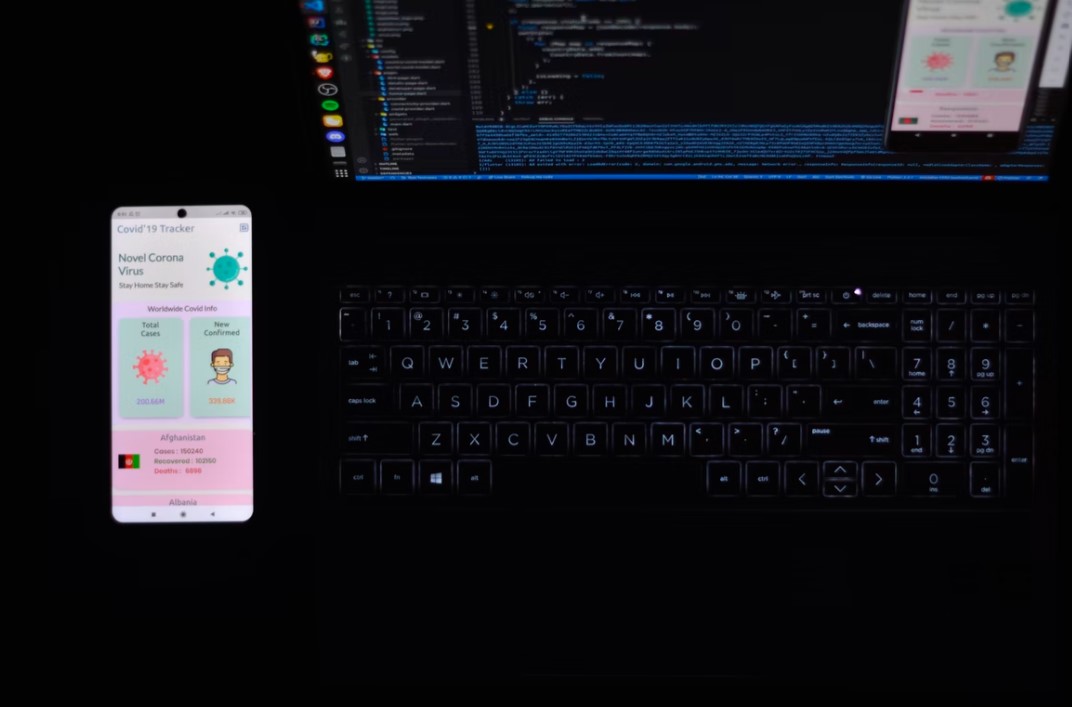
For two applications to communicate with each other, there must be a bridge or a connection path, precisely this is the function of an API. On the official Red Hat page, they explain in detail how they work "APIs allow your product or service to communicate with other products and services without having to know how they are implemented."
They go on to explain “This can simplify application development, saving time and money. When you're building new tools and products or managing existing ones, APIs give you flexibility; simplify design, management, and use; and provide opportunities for innovation.
What are the types of API
There are different types of APIs and they all communicate with each other:
- XML-RCP/SOAP: Both use XML
- JavaScript: Javascript-centric
- RESTful API: HTTP (HyperText Transfer Protocol) protocol used (best for web API)
How to write a web API
To write a web API we will follow the Visual Studio way of creating APIs using an MVC project. First, you need to open Visual Studio and click on File, then on New Project and this will open a new project window.
Once inside the new project window, expand the Visual C# option and select Web in the left panel. You are going to select the ASP.Net Web Application template in the central panel and enter the name of the project. This will open a new ASP.Net project.
After the steps above, select Web API. You will notice that when doing this, the MVC and Web API boxes are checked, this means that the necessary files and references for both MVC and Web API will be added.
Select OK to create a new Web API + MVC Project.
A default MVC Project will be created, which will contain two specific files for Web API: WebApiConfig.cs in the App_Start folder and ValuesController.cs in the Controllers folder.
WebApiConfig.cs works to configure files for Web API. You can configure routes and other things for Web API, in the same way, that RouteConfig.cs is used to configure MVC routes. It also automatically creates ValuesController.cs, the Web API controller.
In this way, you can create an API for the web with MVC and thus integrate it into the development of your mobile application.

API uses for web application development
An API can have several uses within the development of websites and applications, we are going to explain the most common ones and how they can benefit the developer in terms of effectiveness and speed, allowing projects to be completed in the shortest possible time.
- APIs to manipulate documents loaded in the web browser: in this usage, the most common example is the DOM API, which allows you to manipulate HTML and CSS, such as dynamically creating, removing, and changing HTML to achieve new styles on your page Web. For example, when a popup appears while visiting a page, that is the DOM API at work.
- Getting data from the server is another use of an API when developing an application or website. This works to update small sections on a page by themselves that are used very frequently, this may be a small detail, but it has a big impact on the overall performance of the application, as well as influencing its behavior. The Fetch API is the one primarily used for this.
- Another common use of an API is to draw and manipulate graphics. The most popular for this are Canvas and WebGL, which allow you to programmatically update the pixel data that is contained within an HTML element, thus creating 2D and 3D scenes. These are often combined with other APIs to create constantly updating animation loops and scenes.
- An API is also used to manipulate the audio and video of the website application. The most popular ones for this are HTMLMediaElement, Web Audio API, and WebRTC, they allow you to create custom UI controls, display text tracks such as titles and subtitles in videos, as well as take webcam videos and manipulate them through a canvas or display them on another person's computer, such as in a web conference.
- The API will also allow you to interact with the hardware, for example accessing the device's GPS to find the user's position using the Geolocation API.
- Finally, there are the client-side storage APIs, which allow you to store client data and thus create an application that saves state between loads and can work when the device is not online.
At Rootstack, our team of experts has used several APIs to integrate them into the different applications we have made for our international clients, thus achieving a robust application, full of various functionalities that can satisfy the demands of today's users.
Do you need an expert who can provide your company with a good mobile application or a site where your customers and users can go to learn more about your products? Do not hesitate to talk to us, we are willing to offer you the best minds in the world of software development and thus provide solutions to the technological problems that your company presents.
We recommend you on video

